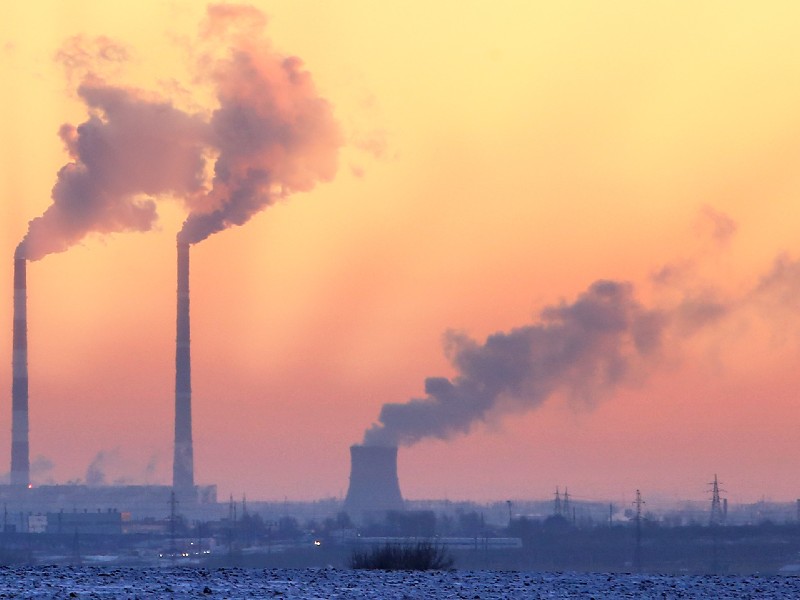

While many institutional investors understand that climate change poses risks to their portfolios, it can be difficult to nail down how to combat it.
For a Canadian portfolio manager, looking over a selection of stocks from mining to utilities to forestry, it can be a daunting task to discern which material risks exist, said Blair Feltmate, head of the Intact Centre on Climate Adaptation at the University of Waterloo, at an event hosted by the Global Risk Institute in Toronto on Wednesday.
With flood, fire, hailstorms, shoreline erosion and other problems to think about, it can be difficult to know where to start.
Investors should start by asking some introspective questions, he said. “What are the top one or two things relative to each one of those sectors that I invest in that should give me pause or concern to ask of the companies that I invest in? How are you dealing with this particular problem?”
Within the context of the overall capital markets, investors need to be thinking about these questions with some urgency, he said. More extreme weather is already happening that can endanger the continuity of business operations. “The portfolio manager should be doubling down in terms of his or her expertise to take those factors into account.”
One challenge in doing so is that the lack of reporting on climate-related issues by investee companies makes it difficult for investors to tell whether there is no risk or if the risk exists, but the company isn’t focused on it, he said.
Armed with a short list of sector-specific questions, investors can begin a direct dialogue as part or their analysis, he noted.
Identifying this short list means going through the potential extreme weather scenarios and identifying what can go wrong during each, he said.
Feltmate highlighted research where he, along with several partner organizations, brought together about a dozen chief operating officers who work in the transmission and distribution of electricity and asked them, in their opinion, what the worst thing that can go wrong is.
By examining the different potential impacts of specific weather events, the experts helped narrow down a handful of factors investors need to pay the most attention to.
One potential problem they identified is that fire along transmission corridors can cause outages if corridors are not adequately clear of brush. Knowing that risk, investors then need to know suitable actions a company should take to handle the risk. All of this can then be distilled down into a quantitative question the investor can ask the investee company, he said. In this case: What percentage of total length of overhead transmission lines in all fire-possible areas are closer than 10 metres, horizontally, to branches?
“These may seem simple and straightforward, but it’s a fair bit of work to get to this outcome. But these are the factors that are correct for the portfolio manager to be paying attention to.”
